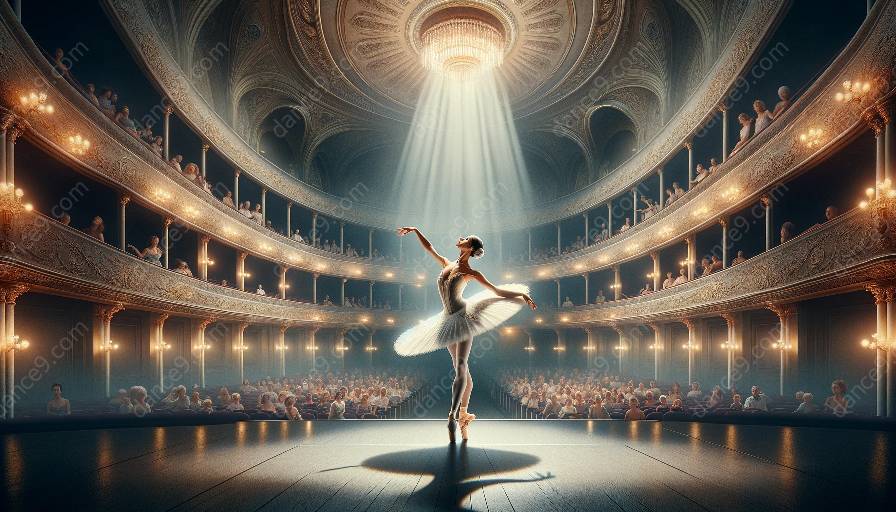Classical ballet has a rich history and encompasses a wide range of styles and techniques that have been refined and developed over centuries. Understanding and appreciating these styles and techniques is essential for anyone interested in ballet, as they form the foundation of this beautiful and expressive art form.
In this article, we will explore the key styles and techniques within classical ballet, their significance, and how they have evolved over time. From the graceful movements of the Romantic era to the precise and technical prowess of the Russian method, each style has contributed to the beauty and complexity of classical ballet.
The French Influence
French ballet has had a profound impact on the development of classical ballet. The French School, with its emphasis on lightness, elegance, and precise footwork, has influenced dancers and choreographers around the world. The fluidity and grace of the French style continue to be admired and emulated by ballet enthusiasts and professionals alike.
The Russian Method
The Russian method of classical ballet is known for its rigorous training and emphasis on technical perfection. The Vaganova method, developed by Agrippina Vaganova, has produced some of the most renowned ballet dancers in history. Its focus on strength, athleticism, and artistry has set the standard for classical ballet training worldwide.
The Cecchetti Method
Developed by the Italian ballet master Enrico Cecchetti, this method emphasizes the use of the entire body in dance, with particular attention to the arms, head, and épaulement (the way the shoulders are held). The Cecchetti method is known for its emphasis on musicality, balance, and grace, and has made a significant impact on the training of ballet dancers.
The Romantic Era
The Romantic era of ballet brought a shift in style and storytelling, with an emphasis on ethereal and otherworldly themes. Dancers in this era focused on portraying emotions and expressing the supernatural through delicate movements and ethereal costuming, leaving an indelible mark on the art form.
Neoclassical and Contemporary Ballet
As ballet continued to evolve, neoclassical and contemporary styles emerged to push the boundaries of classical ballet. Choreographers like George Balanchine and Twyla Tharp introduced new movements and ideas, blending classical technique with modern influences to create innovative and dynamic works.
Importance in Ballet History and Theory
Understanding the various styles and techniques within classical ballet is crucial for appreciating the evolution of ballet as an art form. It provides insight into the cultural, historical, and artistic influences that have shaped ballet over time. Furthermore, by studying these styles and techniques, dancers can gain a deeper understanding of their craft and refine their skills to embody the nuances of each style.
Additionally, the preservation and evolution of classical ballet techniques are essential for the continued development of new choreography and the training of future generations of dancers. By learning from the past and embracing the diversity of styles within classical ballet, dancers can contribute to the ongoing innovation and artistic expression within the ballet world.
Conclusion
Styles and techniques within classical ballet represent the culmination of centuries of refinement, creativity, and dedication. They are a testament to the enduring legacy of this art form and continue to inspire and captivate audiences worldwide. By studying and embracing these styles and techniques, dancers and enthusiasts ensure that the beauty and complexity of classical ballet will endure for generations to come.





























